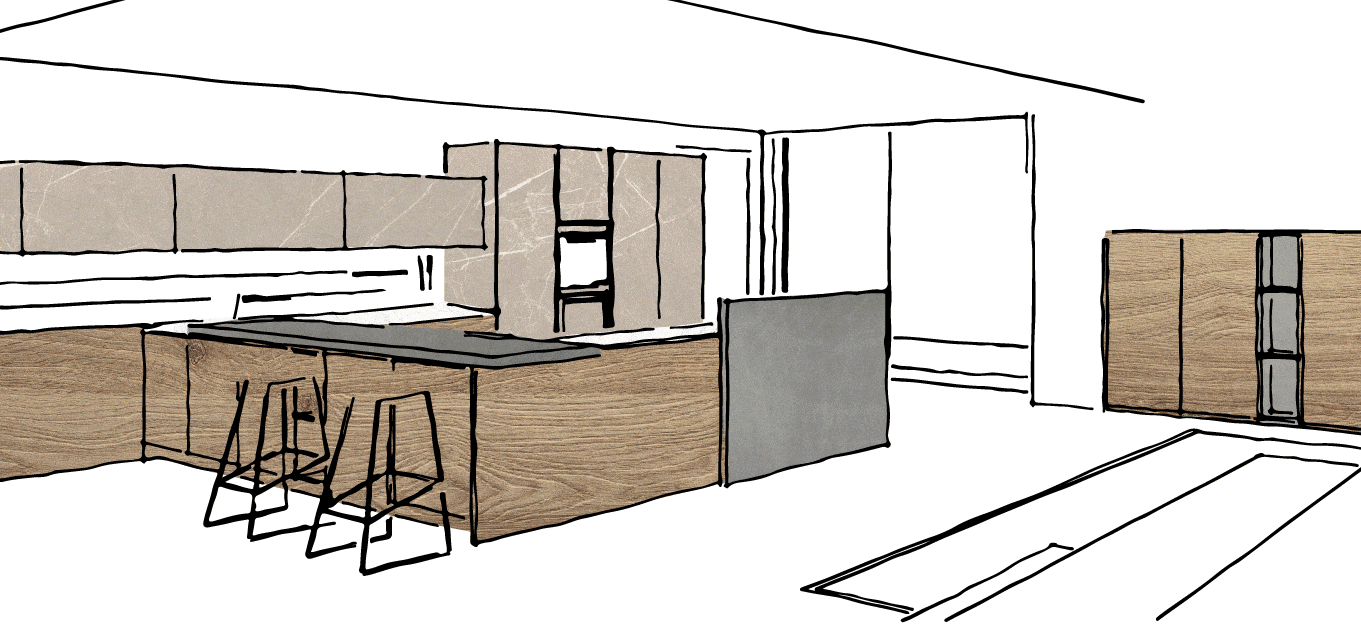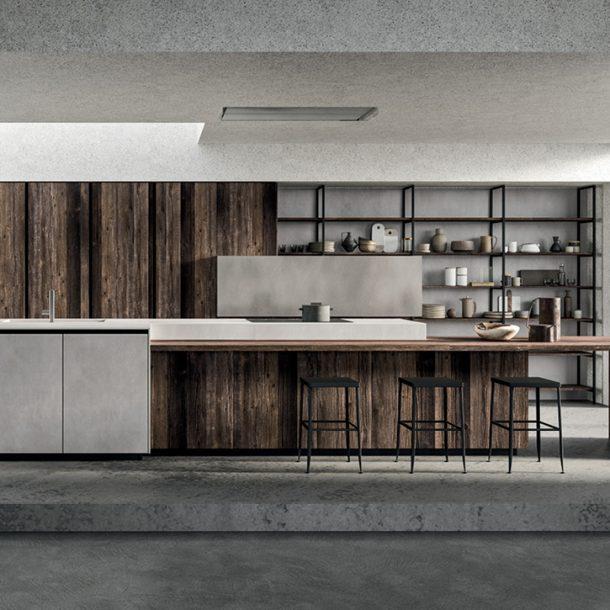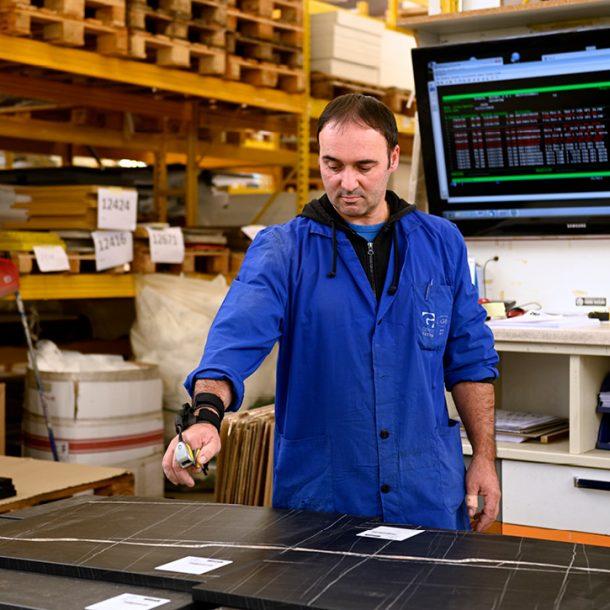
GLOSSY OR MATT KITCHEN FURNITURE: A GUIDE TO CHOOSING YOUR IDEAL FINISH
When choosing finishes and the overall look of a kitchen, one of the knottiest issues is often deciding whether to have a glossy or matt effect. Due to the practically infinite range of materials and finishes now on the market, it is often difficult to make a choice, and the risk is to focus only on aesthetics, neglecting some of the functional elements. This is a mistake you could regret in the future, which could prevent you from really enjoying your kitchen.
For many years, glossy kitchen furniture was synonymous with a contemporary look, elegance and design. However, the evolution of materials, such as Laminam®, for example, has made matt kitchen surfaces more popular and they are admired particularly for their qualities such as versatility, a look that can be informal but chic, and durability.
Let’s take a more detailed look at the pros and cons of both options, to understand the advantages and disadvantages of glossy and matt kitchen furniture.
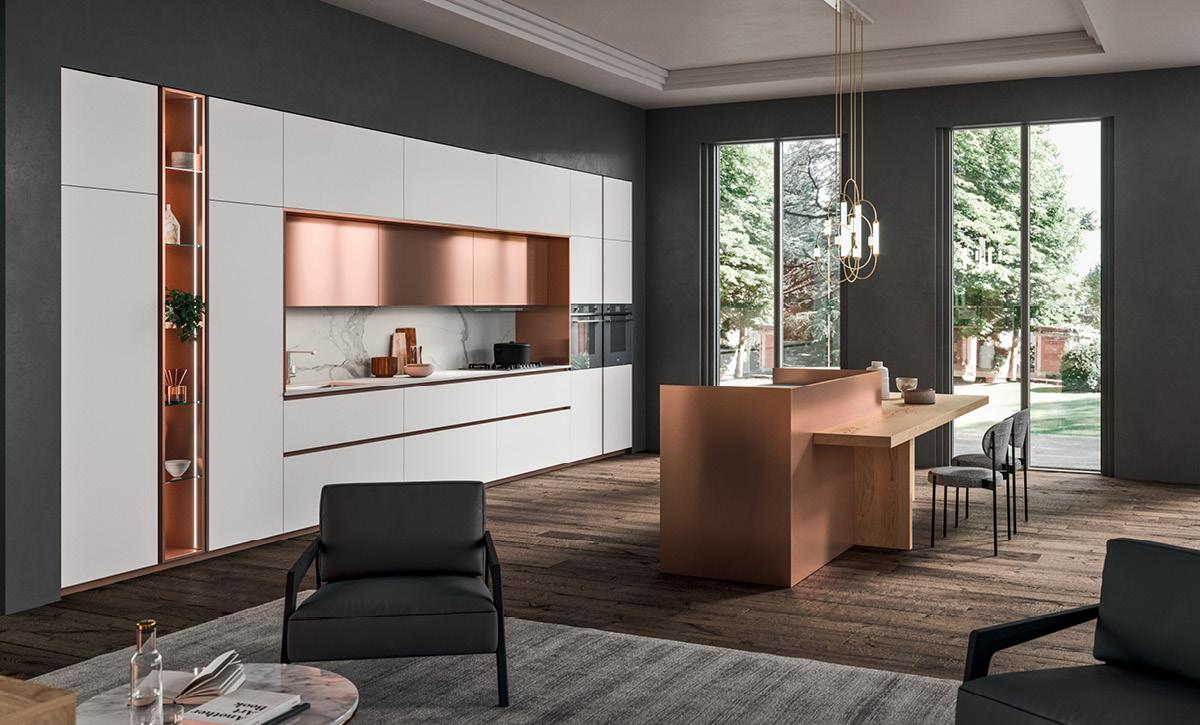
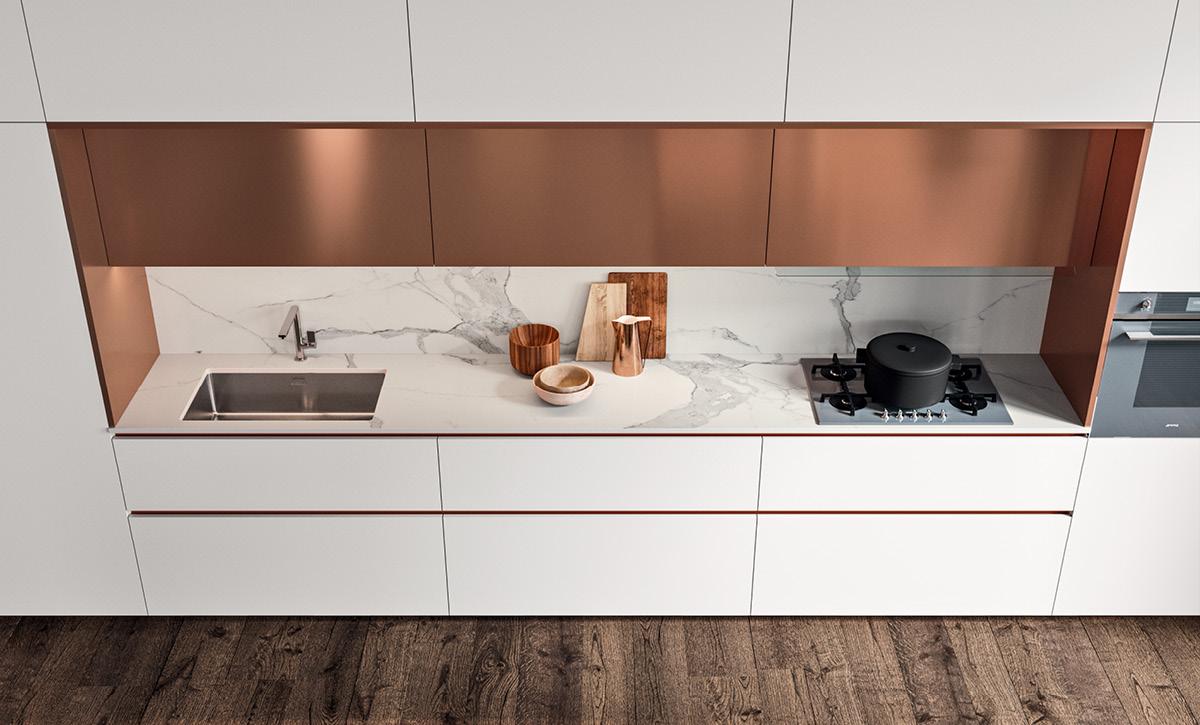
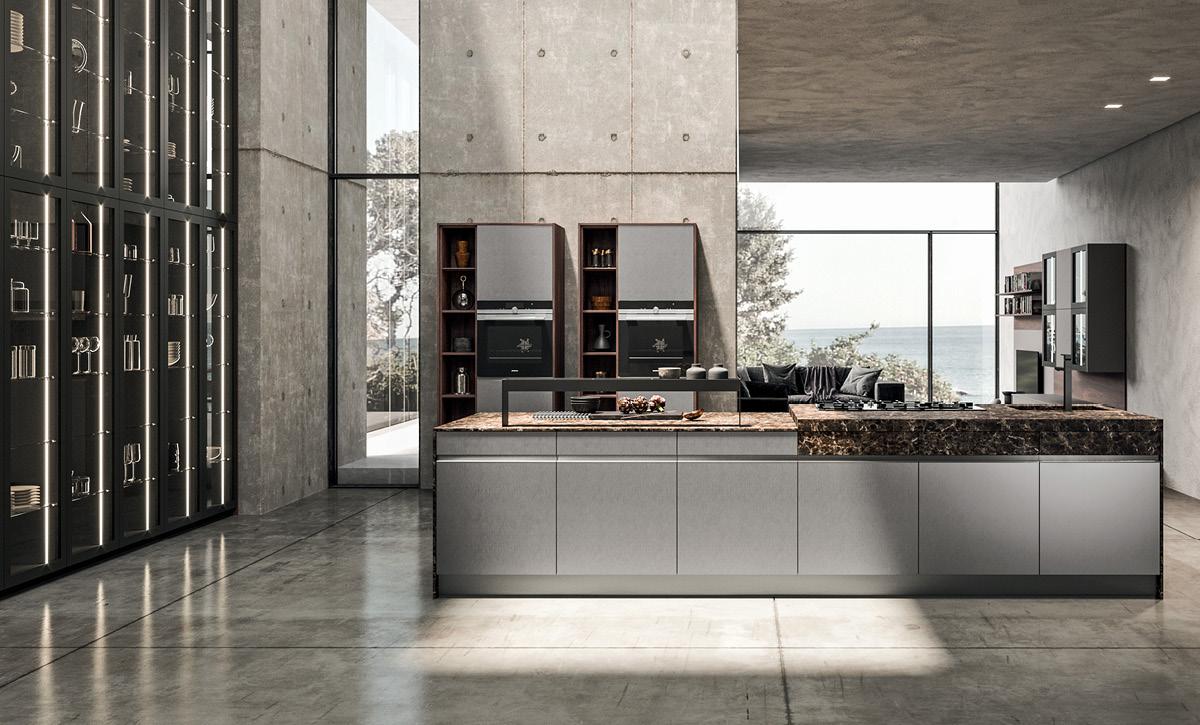
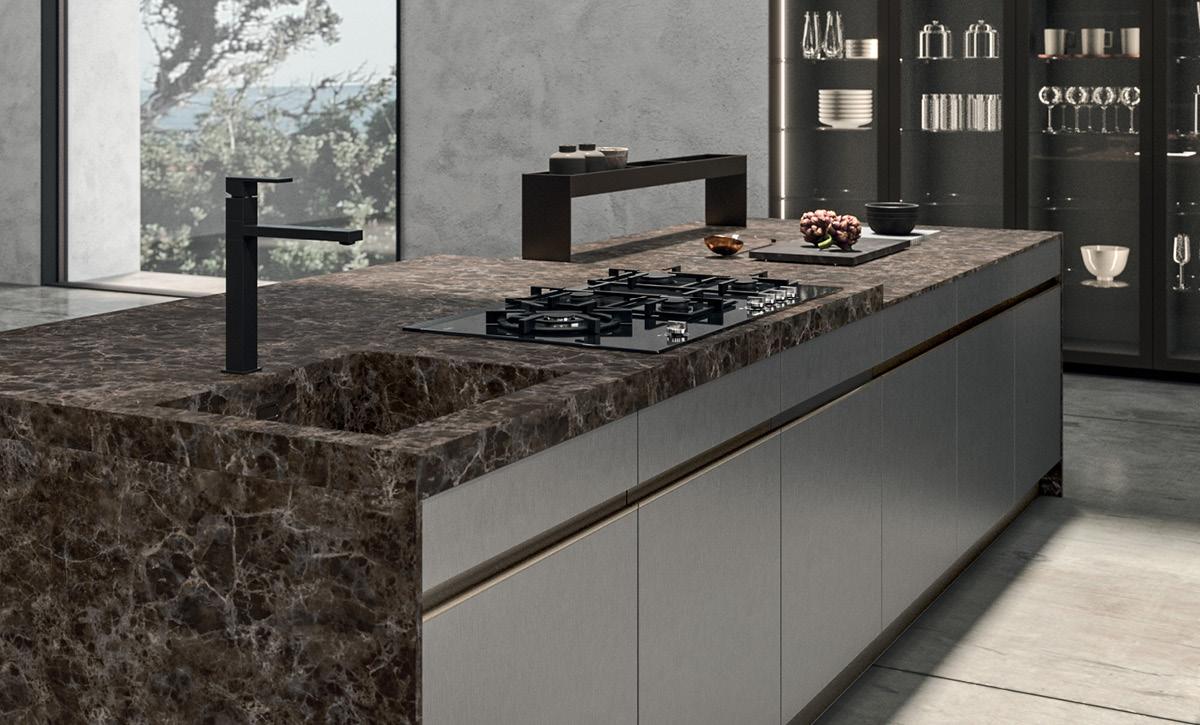
CHARACTERISTICS OF GLOSSY SURFACES
First, a kitchen with glossy surfaces increases the perception of space, due to enhanced brilliance, which is reflected and diffused. Materials such as glass, laminate, glossy lacquered, quartz, marble or steel create a natural mirror effect, ideal for optimising natural light and making better use of artificial lighting.
Choosing glossy kitchen furniture, particularly if it is white, yellow or any other glowing colour, is often the most popular solution for a small kitchen, which in this way will appear bigger and more spacious.
-
Advantages
Brightness: as we have said, glossy kitchen surfaces create an optical effect that provides the effect of increased space and lighter, less cumbersome furniture.
Cleaning: smooth surfaces are usually easier to clean and sanitise.
Resistance: because porosity is low or even non-existent, smooth surfaces resist stains, oil, grease and acid substances. In addition, they do not absorb liquids, avoiding the formation of stagnant water and humidity.
-
Disadvantages
Maintenance: glossy kitchen furniture is attractive and elegant as long as it is looked after carefully. Stains, scratches, fingerprints and watermarks are immediately visible on glossy surfaces.
Monotony: glossy kitchen furniture is usually synonymous with modern, contemporary design, which is often minimal. This means that a glossy kitchen, without any adaptation over time, could become anonymous and not very original.
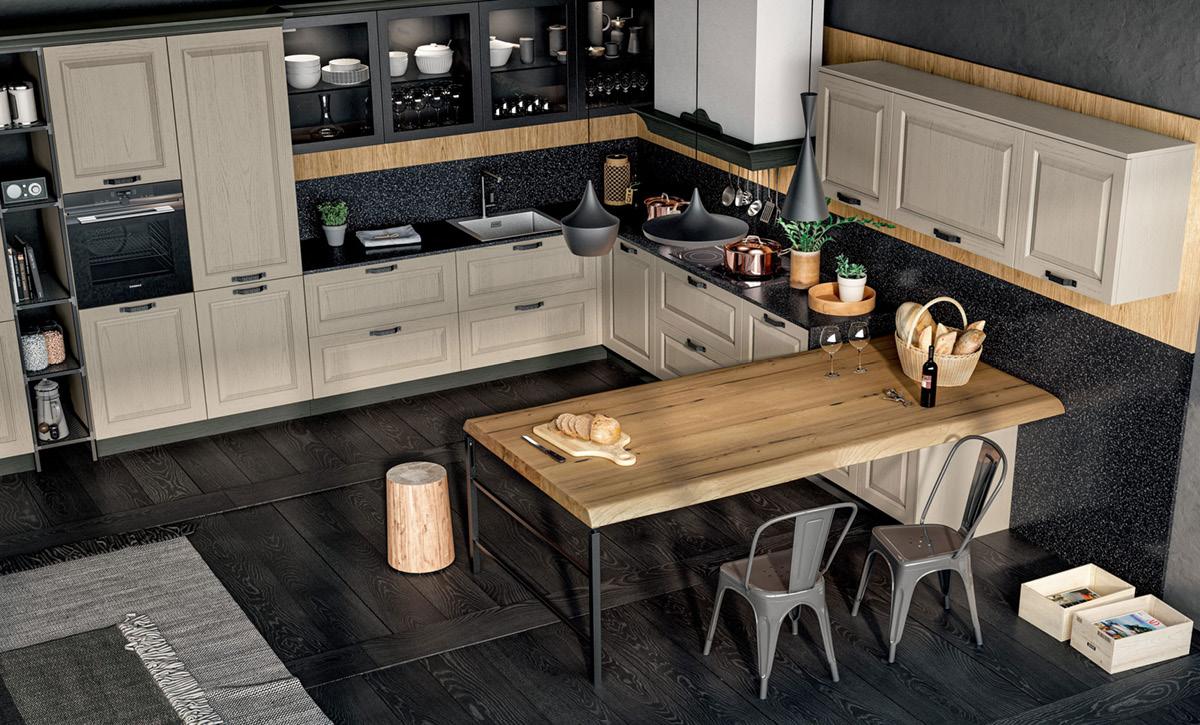
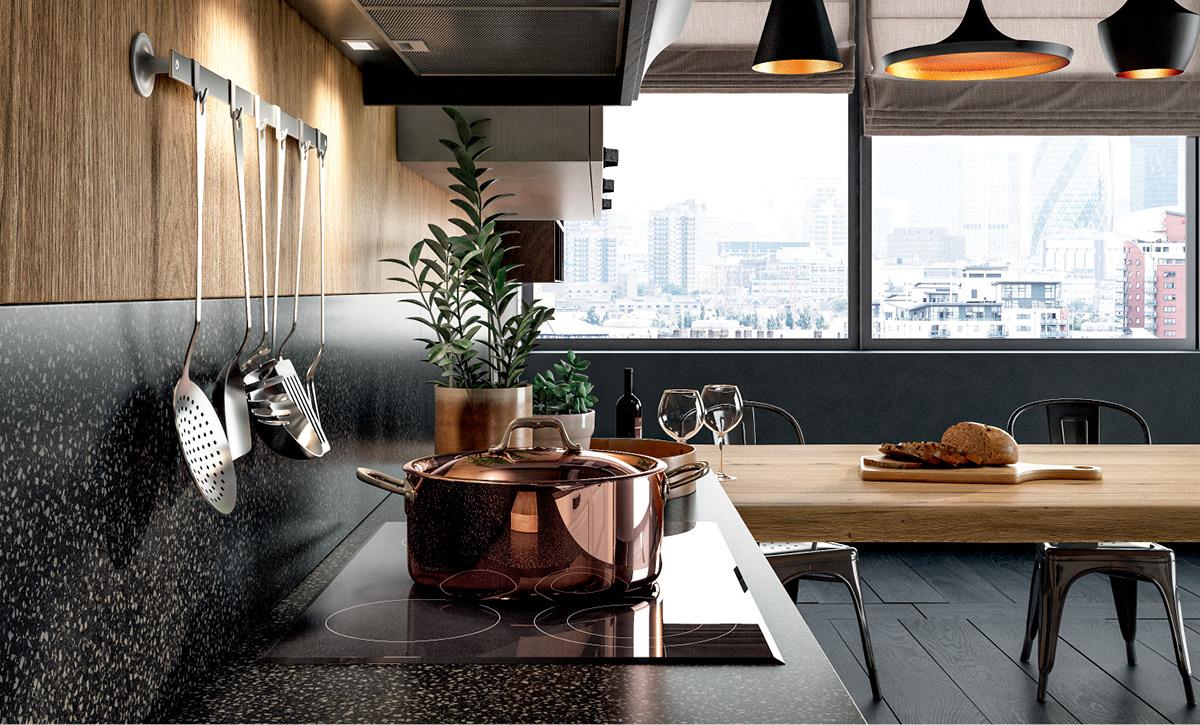
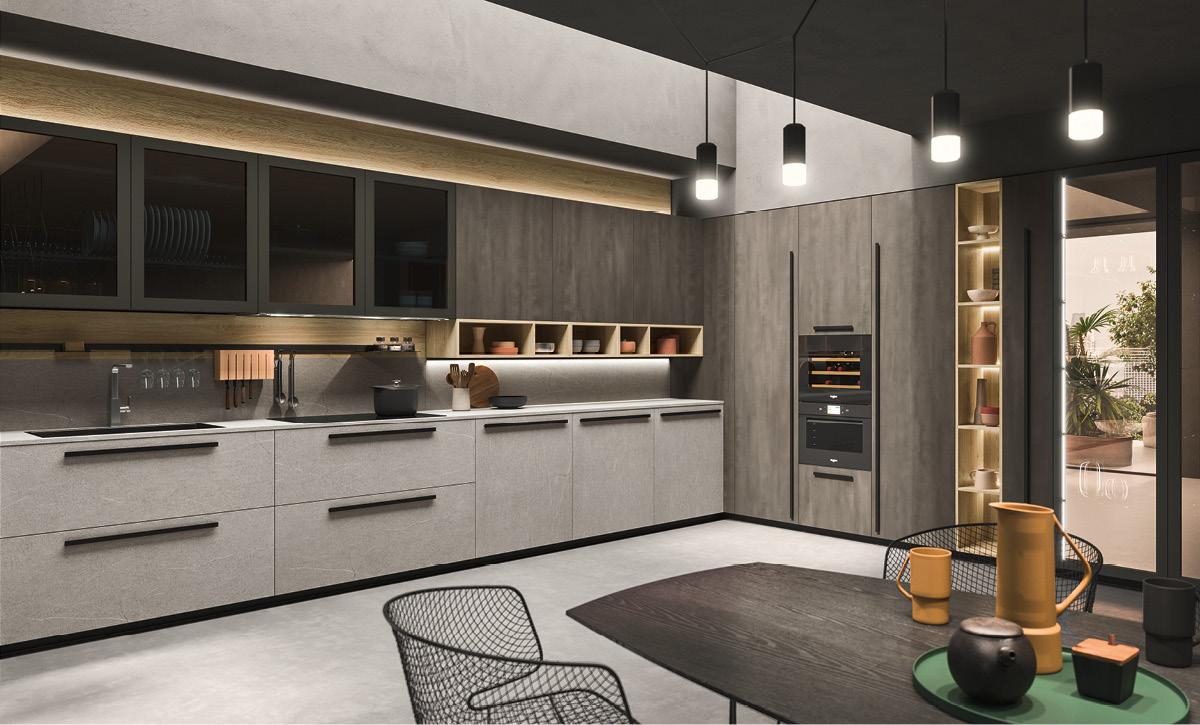
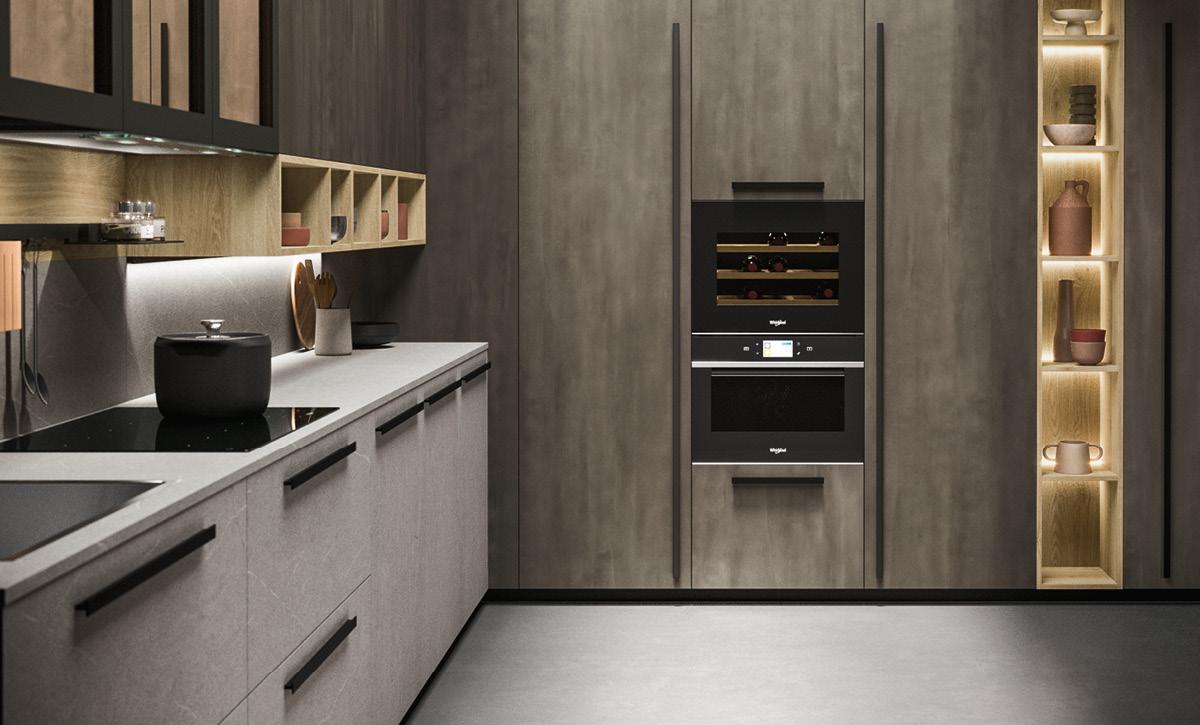
CHARACTERISTICS OF MATT SURFACES
Matt surfaces in a kitchen provide a vast choice of materials, including natural ones. This gives the designer great freedom, with the opportunity to consider a host of very different styles. Materials like stoneware, resin, brushed steel and Corten, not to mention stone and wood, can be combined infinitely, from industrial to country style, from classical to shabby chic. Furthermore, matt surfaces are generally extremely resistant to time and wear, and any imperfections are less visible. Many matt finishes feature a typical soft touch effect that makes surfaces particularly pleasant to touch.
-
Advantages
Practicality: fingerprints, watermarks, scratches and other imperfections are less evident. Some matt technological materials, such as Fenix, for example, can repair scratches and scuffs simply by applying heat.Versatility: by using different finishes and materials, matt kitchen furniture adapts to diverse styles and will fit into any architectural context.
-
Disadvantages
Less brightness: matt colours are not suitable for small, badly lit, environments and matt kitchen furniture is generally not recommended for a small kitchen.Porosity: most matt surfaces, even when they are treated, may be slightly porous and without prompt attention may be affected by acid substances or grease, and water infiltration.
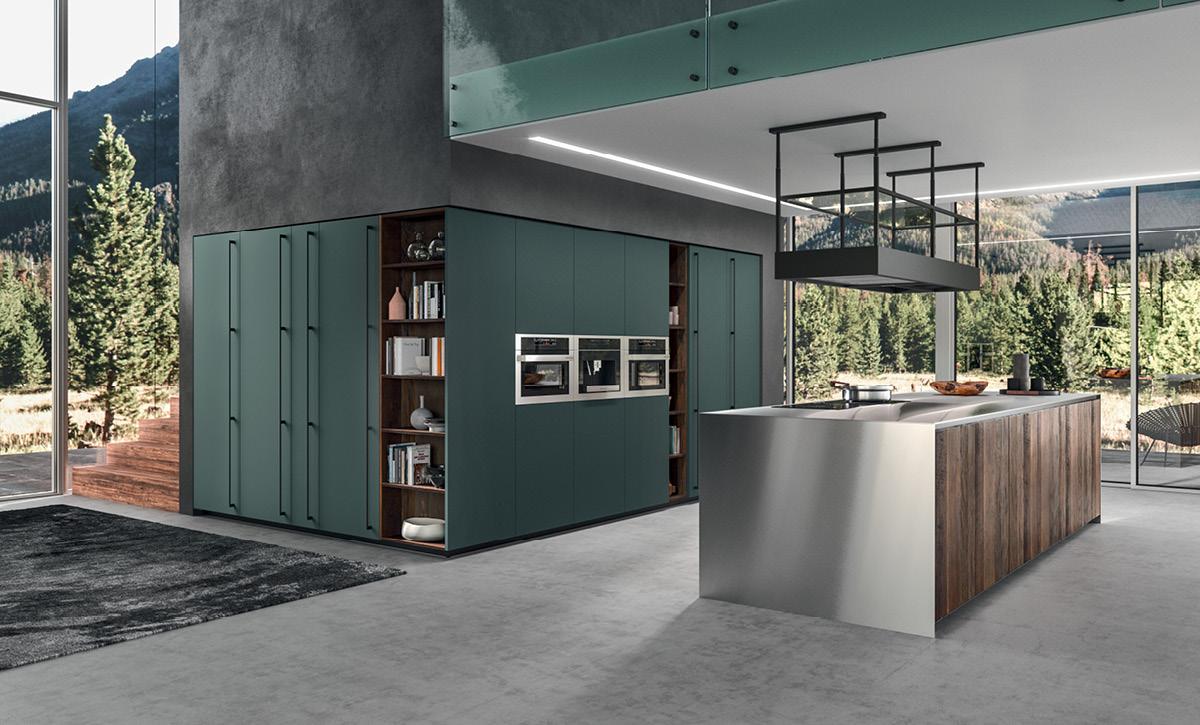
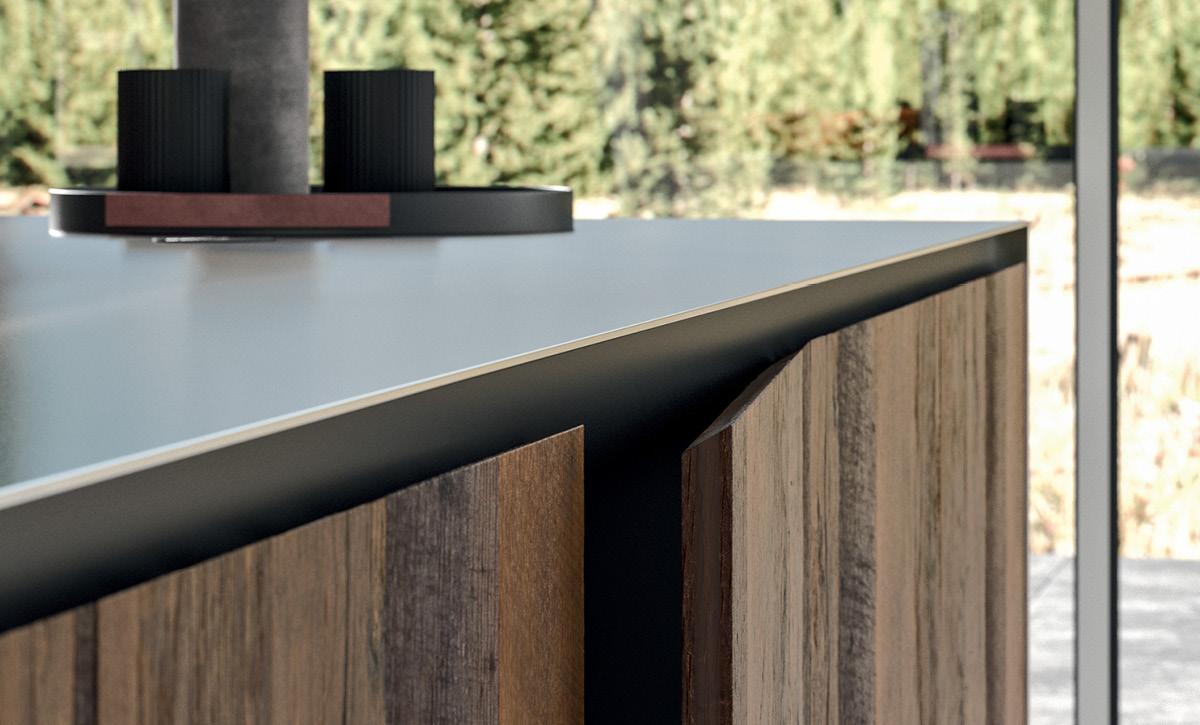
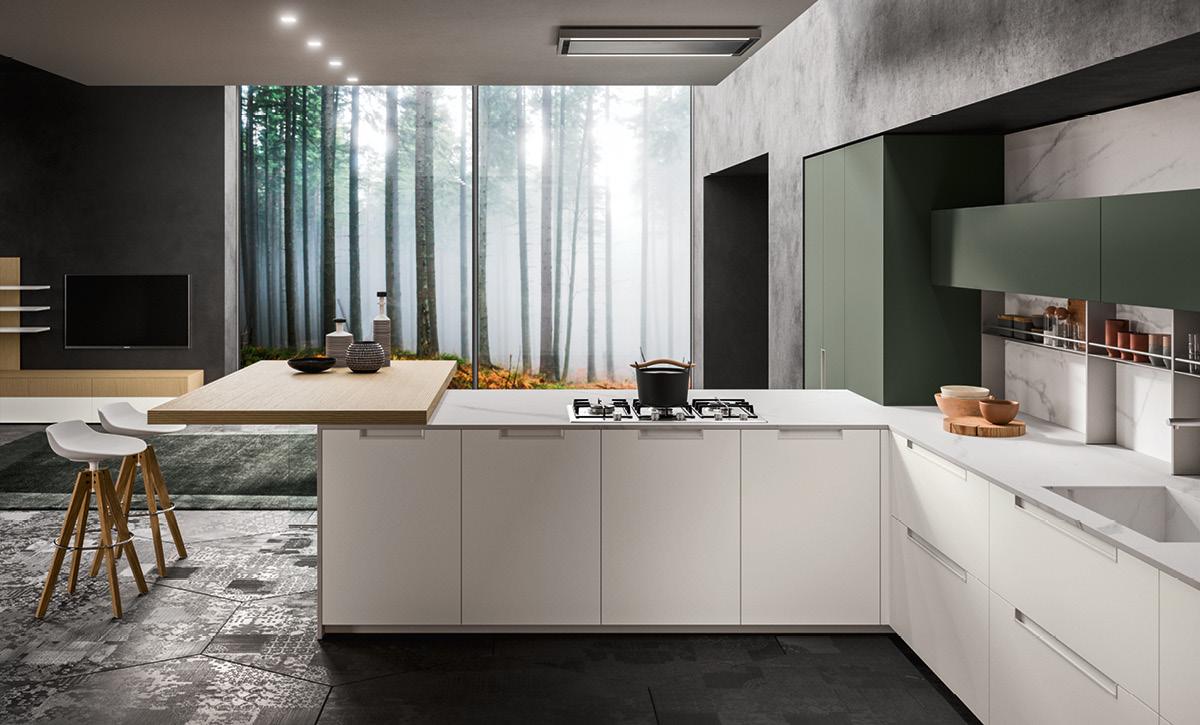
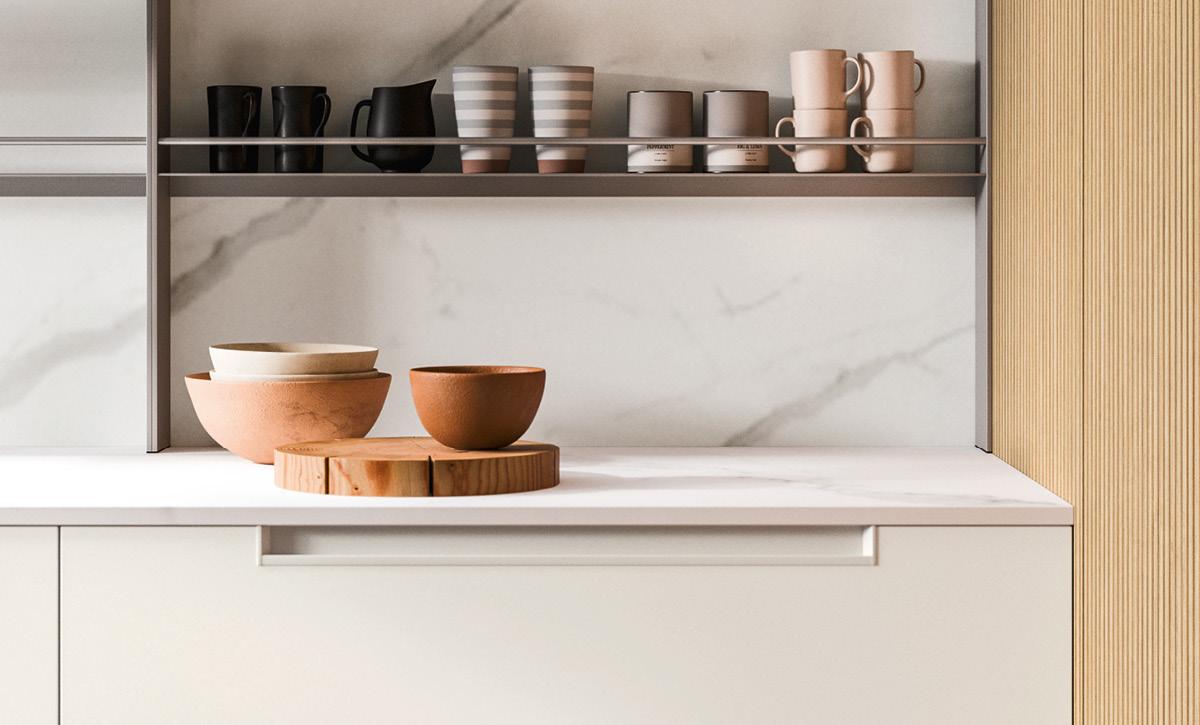
HOW TO CHOOSE BETWEEN GLOSSY OR MATT KITCHEN FURNITURE
It may not be easy to choose between glossy or matt kitchen furniture. You need to consider the rest of the house, its overall style, the type of use to be made of the kitchen (e.g. frequent use, only for preparing meals, for cooking and eating, etc.) and other factors such as the presence of children, for example.
Maintenance and cleaning
In spite of the constant evolution of materials and solutions, unfortunately ‘self-cleaning kitchens’ have not yet been invented. Whether the kitchen furniture is glossy or matt, for the area to remain pleasant, cosy, functional and durable, it will always be necessary to keep it clean and hygienic. Smooth surfaces are generally very easy to clean and more resistant to foreign bodies, but if they are not suitably treated they risk becoming opaque. It’s also necessary to avoid using abrasive products that could scratch them.
In many cases, glossy materials may create static electricity, which causes dust to accumulate. Simply wiping down with a microfibre cloth and mild detergent will be enough to keep your glossy surfaces glowing.
Matt finishes make soiling less visible, but without regular cleaning dirt could be absorbed by the material, spoiling it forever.
For this reason, to keep matt kitchen furniture in pristine condition it is important to dry the surface well after cleaning.
A mix of glossy and matt? Why not?
You don’t necessarily have to choose between glossy or matt surfaces. Sometimes you can create combinations that bring the advantages of both solutions.
Current design is rich in influences, which means it’s not unusual to mix classical and contemporary units.
SO, WHAT TO CHOOSE: GLOSSY OR MATT FINISHES?
The important thing is to know the characteristics of materials and finishes, their strong and weak points, and design your kitchen not only according to aesthetics, but also to the lifestyle and habits of those who will use it.
There are other considerations, such as natural and artificial lighting, accessories like grip profiles or handles, complementary items and household appliances.
That’s why when planning a kitchen it’s always a good idea to consult an expert, inspecting and handling finishes and materials before making your choice.
